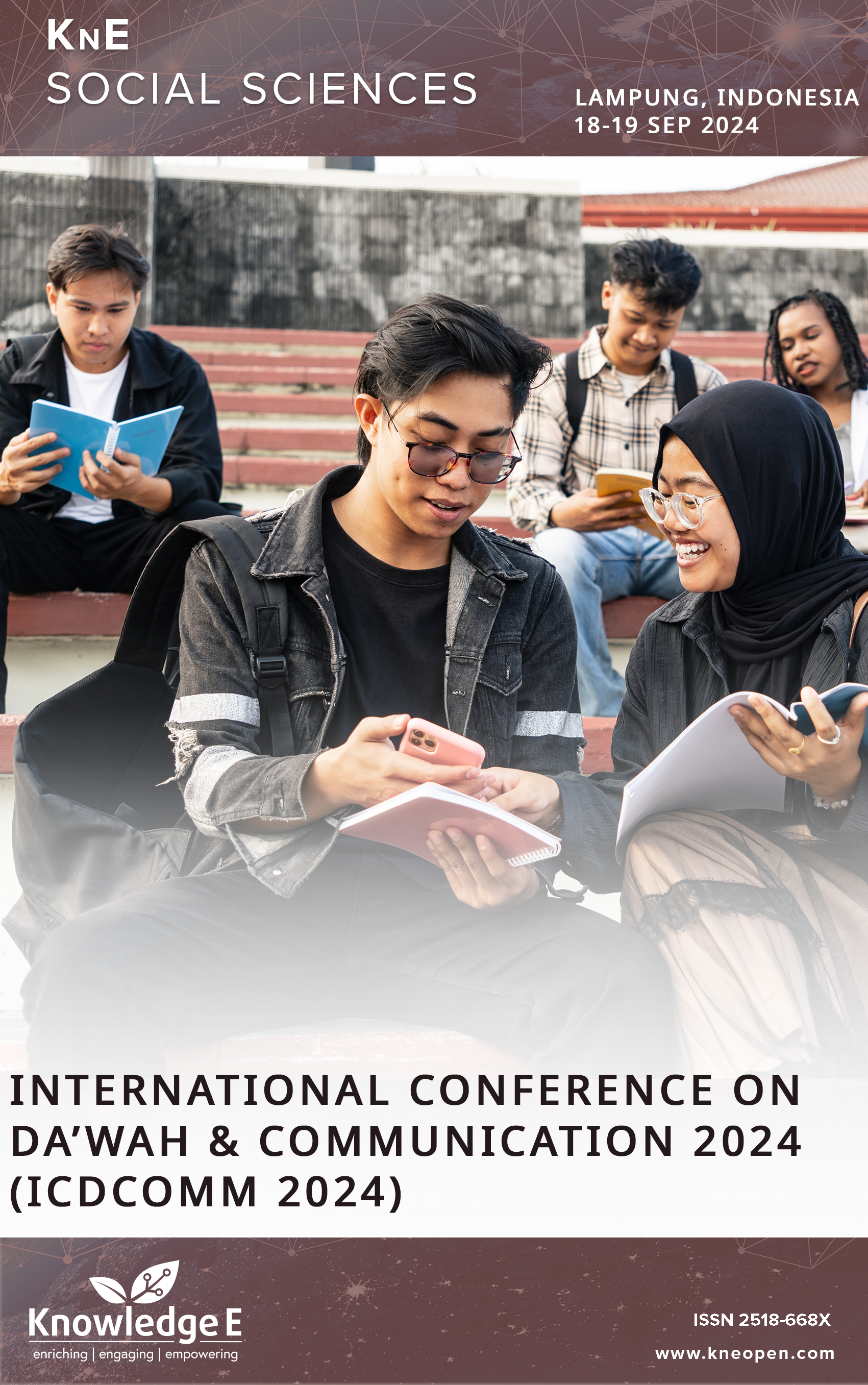The Use of Artificial Intelligence Chatbots on Student Learning, Information, and Communication in Higher Education
DOI:
https://doi.org/10.18502/kss.v10i14.19136Keywords:
artificial intelligence, ChatBot, higher education, information, studentAbstract
The research in this article aims to investigate how students use ChatBot Chat GPT 3.5, Gemini AI, and Microsoft Bing as information platforms for providing verified, trustworthy information for academic use. It focuses on the validity and dependability of the data offered by these three AI platforms, as well as the type and frequency of chatbot use, which is important for students’ academic success. It uses a literature review method and a questionnaire survey to collect data from students about their use of ChatBots. The findings provide insights into the use of AI technologies through ChatBot features among students, emphasizing their integration into academic activities and the effectiveness of these tools. Additionally, the research addresses key issues such as the accuracy and reliability of the information provided by these platforms, raising concerns about the level of trust and reliance students place on this information for academic purposes. Furthermore, the frequency and nature of use of each chatbot are analyzed to determine the level of dependency and its impact on student learning processes. Although the specific conclusion is not detailed in the excerpts, the research suggests that AI ChatBots significantly enhance communication and information access for students in higher education.
References
[1] Siau K, Wang W. Artificial Intelligence (AI). J Database Manage. 2020;31(2):74–87. DOI: https://doi.org/10.4018/JDM.2020040105
[2] Aydin Omer, “Is ChatGPT Leading Generative AI ? What is Beyond Expectations ? Is ChatGPT Leading Generative AI ? What is Beyond Expectations ?,” no. October, 2023. DOI: https://doi.org/10.2139/ssrn.4341500
[3] Bansal H. “A Review Paper on Human Computer Interaction,” no. 4, pp. 53–56, 2018. https://doi.org/10.23956/ijarcsse.v8i4.630. DOI: https://doi.org/10.23956/ijarcsse.v8i4.630
[4] Khanna A, Pandey B, Vashishta K, Kalia K. “A Study of Tod ay ’ s A. I. through Chatbots and Rediscovery of Machine Intelligence,” vol. 8, no. 7, pp. 277–284, 2015. DOI: https://doi.org/10.14257/ijunesst.2015.8.7.28
[5] Adamopoulou E, Moussiades L. Machine Learning with Applications Chatbots : History, technology, and applications. Mach Learn Appl. 2020;2(October):100006. DOI: https://doi.org/10.1016/j.mlwa.2020.100006
[6] Brandtzaeg PB. Why people use chatbots. 2017. pp. 22–4. DOI: https://doi.org/10.1007/978-3-319-70284-1_30
[7] Chassignol M, Khoroshavin A, Klimova A, Bilyatdinova A. ScienceDirect ScienceDirect Artificial Intelligence trends in Conference education : a narrative overview Artificial Intelligence trends in education : a narrative overview. Procedia Comput Sci. 2018;136:16–24. DOI: https://doi.org/10.1016/j.procs.2018.08.233
[8] I. Chaudhuri, M. Tappan, and S. Islam, “Review Article Impact of Artificial Intelligence on Education : Present Realities and Future Considerations”, https://doi.org/10.3923/jai.2023.1.11.
[9] Perera P, Lankathilake M. Preparing to Revolutionize Education with the Multi-Model GenAI Tool Google Gemini? A Journey towards Effective Policy Making. J. Adv. Educ. Philos. 2023;7(08):246–53. DOI: https://doi.org/10.36348/jaep.2023.v07i08.001
[10] Okonkwo CW, Ade-Ibijola A. Chatbots applications in education: A systematic review. Comput. Educ. Artif. Intell. 2021;2:100033. DOI: https://doi.org/10.1016/j.caeai.2021.100033
[11] L. Labadze, M. Grigolia, and L. Machaidze, “Role of AI chatbots in education : systematic literature review,” Int. J. Educ. Technol. High. Educ., no. 2023, pp. 1–17, 2024, https://doi.org/10.1186/s41239-023-00426-1. DOI: https://doi.org/10.1186/s41239-024-00461-6
[12] Teknologi I, et al. Jurnal Manfaat Kecerdasan Buatan ChatGPT Untuk Membantu Penulisan Ilmiah The Benefits of ChatGPT Artificial Intelligence To Help Scientific Writing. 2023;5:1–6.
[13] Jürgen Rudolph and S. Tan. “Journal of Applied Learning & Teaching its impact on higher education,” J. Appl. Learn. Teach. War chatbots Bard, Bing Chat, ChatGPT, Ernie beyond. new AI gold rush its impact. High Educ. 2023;6(1). DOI: https://doi.org/10.37074/jalt.2023.6.1.23
[14] Lin G. Higher Education Research Methodology-Literature Method. Int Educ Stud. 2009;2(4):179–81. DOI: https://doi.org/10.5539/ies.v2n4p179
[15] S. S and S. Mohapatra, Business Research Methods, no. November 2015. 2020. . https://doi.org/10.22573/spg.020.BK/S/026. DOI: https://doi.org/10.22573/spg.020.BK/S/026
[16] Tiwari A, Talekar R. College Information Chat Bot System [Online,. Available: www.ijergs.org]. Int. J. Eng. Res. Gen. Sci. 2017;5(2):131–7.
[17] Molnar G, Szuts Z. “The Role of Chatbots in Formal Education,” SISY 2018 - IEEE 16th Int. Symp. Intell. Syst. Informatics, Proc., no. September, pp. 197–201, 2018, https://doi.org/10.1109/SISY.2018.8524609. DOI: https://doi.org/10.1109/SISY.2018.8524609
[18] Bobula M. Generative artificial intelligence (AI) in higher education: a comprehensive review of challenges, opportunities, and implications. J. Learn. Dev. High. Educ. 2024;(30): https://doi.org/10.47408/jldhe.vi30.1137. DOI: https://doi.org/10.47408/jldhe.vi30.1137
[19] Bruno Silva Leite A. Generative Artificial Intelligence in chemistry teaching: ChatGPT, Gemini, and Copilot’s content responses. J. Appl. Learn. Teach. 2024;7(2):25–34. DOI: https://doi.org/10.37074/jalt.2024.7.2.13
Published
How to Cite
Issue
Section
License
Copyright (c) 2025 Dinda Salsabilla, Mezan El-Khaeri Kesuma, Indra Gunawan, Ardian Ashari

This work is licensed under a Creative Commons Attribution 4.0 International License.

